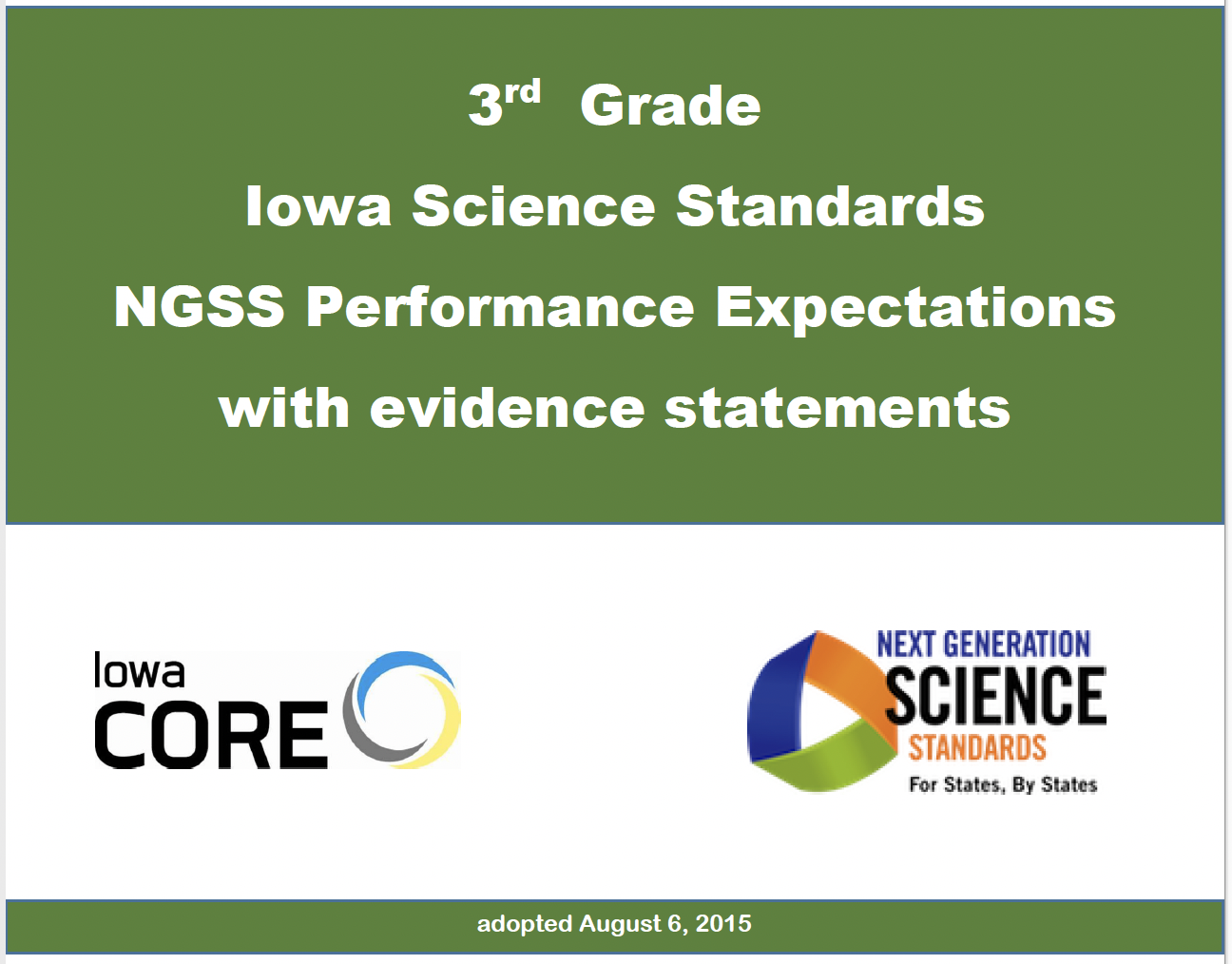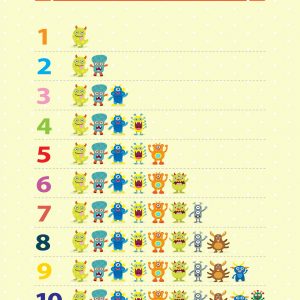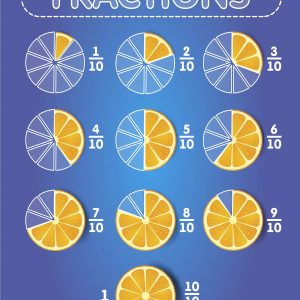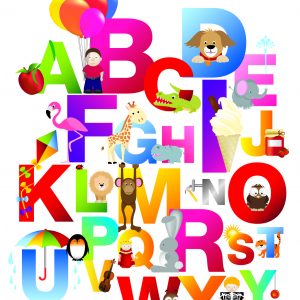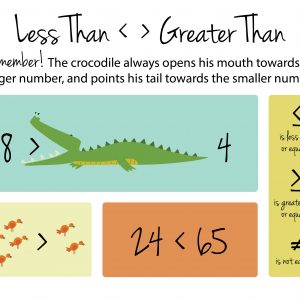The performance expectations in third grade help students formulate answers to questions such as: “What is typical weather in different parts of the world and during different times of the year? How can the impact of weather-related hazards be reduced? How do organisms vary in their traits? How are plants, animals, and environments of the past similar or different from current plants, animals, and environments? What happens to organisms when their environment changes? How do equal and unequal forces on an object affect the object? How can magnets be used?” Third grade performance expectations include PS2, LS1, LS2, LS3, LS4, ESS2, and ESS3 Disciplinary Core Ideas from the NRC Framework. Students are able to organize and use data to describe typical weather conditions expected during a particular season. By applying their understanding of weather-related hazards, students are able to make a claim about the merit of a design solution that reduces the impacts of such hazards. Students are expected to develop an understanding of the similarities and differences of organisms’ life cycles. An understanding that organisms have different inherited traits, and that the environment can also affect the traits that an organism develops, is acquired by students at this level. In addition, students are able to construct an explanation using evidence for how the variations in characteristics among individuals of the same species may provide advantages in surviving, finding mates, and reproducing. Students are expected to develop an understanding of types of organisms that lived long ago and also about the nature of their environments. Third graders are expected to develop an understanding of the idea that when the environment changes some organisms survive and reproduce, some move to new locations, some move into the transformed environment, and some die. Students are able to determine the effects of balanced and unbalanced forces on the motion of an object and the cause and effect relationships of electric or magnetic interactions between two objects not in contact with each other. They are then able to apply their understanding of magnetic interactions to define a simple design problem that can be solved with magnets. The crosscutting concepts of patterns; cause and effect; scale, proportion, and quantity; systems and system models; interdependence of science, engineering, and technology; and influence of engineering, technology, and science on society and the natural world are called out as organizing concepts for these disciplinary core ideas. In the third grade performance expectations, students are expected to demonstrate grade-appropriate proficiency in asking questions and defining problems; developing and using models, planning and carrying out investigations, analyzing and interpreting data, constructing explanations and designing solutions, engaging in argument from evidence, and obtaining, evaluating, and communicating information. Students are expected to use these practices to demonstrate understanding of the core ideas.
3rd Grade Performance Evidence Booklet(1840S-CR)
The performance expectations in third grade help students formulate answers to questions such as: “What is typical weather in different parts of the world and during different times of the year? How can the impact of weather-related hazards be reduced? How do organisms vary in their traits? How are plants, animals, and environments of the past similar or different from current plants, animals, and environments? What happens to organisms when their environment changes? How do equal and unequal forces on an object affect the object? How can magnets be used?” Third grade performance expectations include PS2, LS1, LS2, LS3, LS4, ESS2, and ESS3 Disciplinary Core Ideas from the NRC Framework. Students are able to organize and use data to describe typical weather conditions expected during a particular season. By applying their understanding of weather-related hazards, students are able to make a claim about the merit of a design solution that reduces the impacts of such hazards. Students are expected to develop an understanding of the similarities and differences of organisms’ life cycles. An understanding that organisms have different inherited traits, and that the environment can also affect the traits that an organism develops, is acquired by students at this level. In addition, students are able to construct an explanation using evidence for how the variations in characteristics among individuals of the same species may provide advantages in surviving, finding mates, and reproducing. Students are expected to develop an understanding of types of organisms that lived long ago and also about the nature of their environments. Third graders are expected to develop an understanding of the idea that when the environment changes some organisms survive and reproduce, some move to new locations, some move into the transformed environment, and some die. Students are able to determine the effects of balanced and unbalanced forces on the motion of an object and the cause and effect relationships of electric or magnetic interactions between two objects not in contact with each other. They are then able to apply their understanding of magnetic interactions to define a simple design problem that can be solved with magnets. The crosscutting concepts of patterns; cause and effect; scale, proportion, and quantity; systems and system models; interdependence of science, engineering, and technology; and influence of engineering, technology, and science on society and the natural world are called out as organizing concepts for these disciplinary core ideas. In the third grade performance expectations, students are expected to demonstrate grade-appropriate proficiency in asking questions and defining problems; developing and using models, planning and carrying out investigations, analyzing and interpreting data, constructing explanations and designing solutions, engaging in argument from evidence, and obtaining, evaluating, and communicating information. Students are expected to use these practices to demonstrate understanding of the core ideas.

